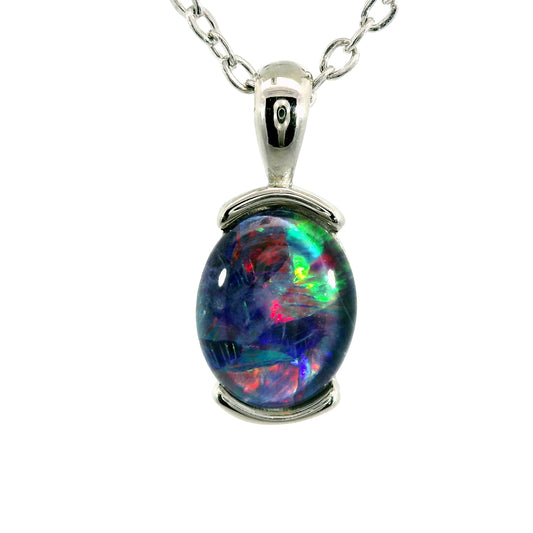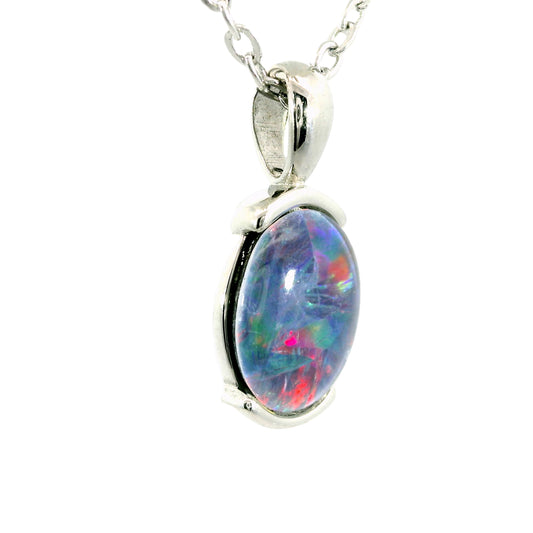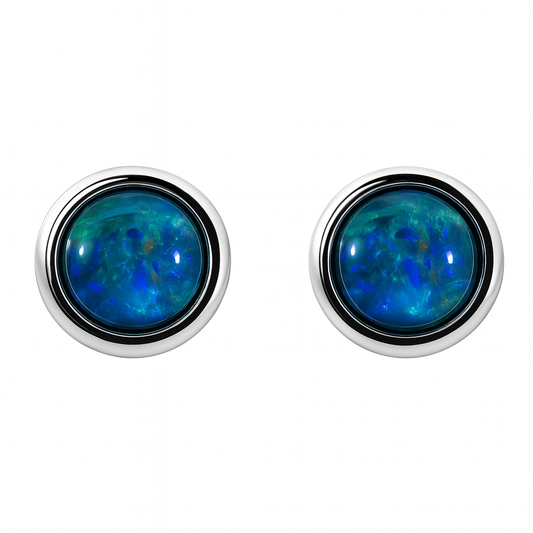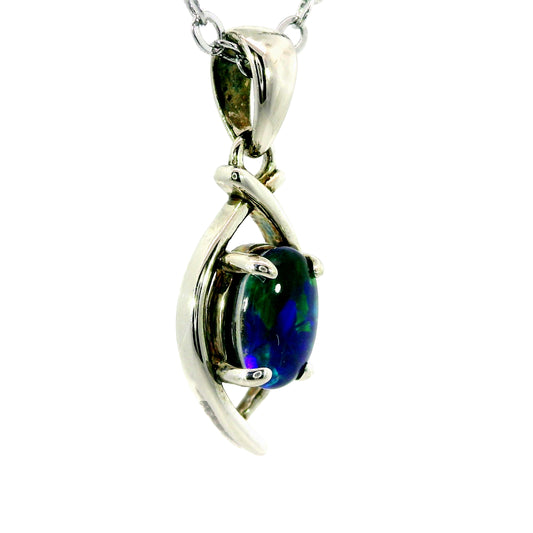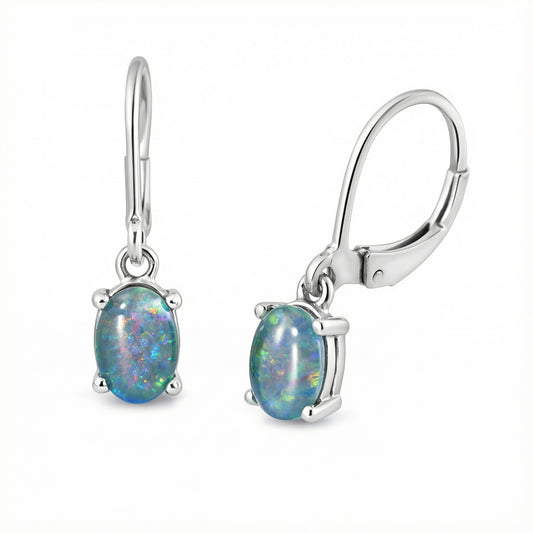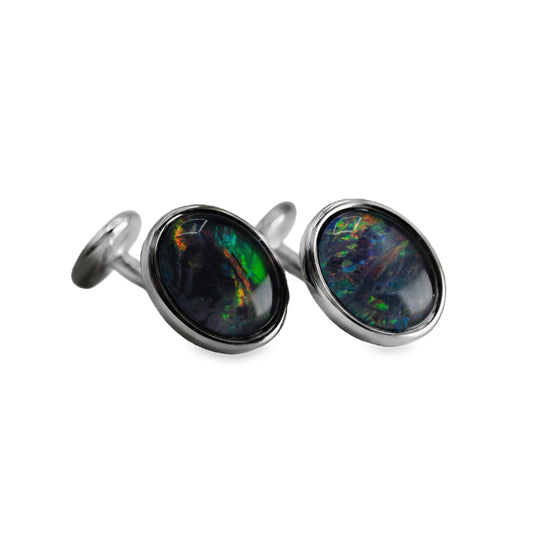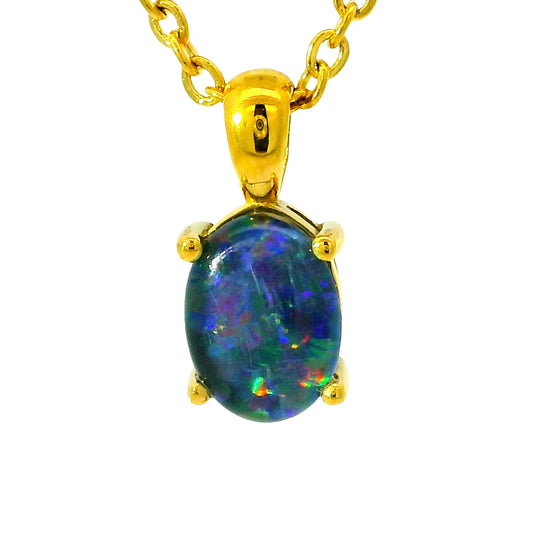Opal: Nature's Crown Jewel
For centuries, opal has been hailed as the rarest of gemstones. In its natural form, it shows a breathtaking spectrum of colour, rivaling even the brightest of rainbows. From deep blues, to shimmering golden oranges, opal shines with a kaleidoscope of every imaginable colour.
Like all good things, bright and noticeable opal is exceedingly rare. Much of the words opal originates from the rugged landscape of Australia, where a unique combination of geological conditions have allowed for the stone to form within our soil. Australia stands as the leading source of opal, with the finest of specimens (and a wide array of different types) being found primarily on such land. In 1994, opal was (rightfully) declared 'Australia's National Gemstone'.
opal, with the finest of specimens (and a wide array of different types) being found primarily on such land. In 1994, opal was (rightfully) declared 'Australia's National Gemstone'.
While Australia dominates opal production, this captivating gemstone also emerges from various other countries, including Brazil, Mexico, Ethiopia, the United States, Canada, Peru, Indonesia, Honduras, Slovakia, and the Czech Republic. Each locale yields distinctive opal varieties, adding to the gem's allure.
Colour and Formation
Opal is composed of miniscule spheres of silica dioxide, which are only usually visible underneath a microscope. These silica spheres are uniformly sized and arranged in regular patterns. This structure diffuses white light into a spectrum of colours, with violet hues from the smallest spheres and red from the largest. This is what determines an opals wide array of colours, and will influence how they interact with each other when moved, leading to the term 'play of colour'.
The majority of opal lacks play of colour and is termed common opal or potch. While common opal comes in shades of gray, black, white, or amber, it may also exhibit other colours, albeit without the characteristic play of colour.
Opal forms when water rich in dissolved silica seeps into rock or clay crevices, allowing microscopic silica spheres to gradually accumulate. The specific pH and chemical conditions conducive to opal formation are rare occurrences in nature.
Cost and Rarity
What makes opal such a prized possession? Opal, akin to rubies, emeralds, or diamonds, is esteemed for its rarity and beauty. The mining and examination of opal demands a significant investment of time, resources, and equipment. Despite extensive efforts, miners may uncover only a single fine opal after months of hard labour, aiding as a factor that makes high-quality specimens truly precious.
However, while opal's rarity commands high prices, there's an opal for every budget. Even those who can afford a modest luxury can find an opal to cherish.
Although silica is abundant, precious opal is remarkably rare, surpassing even diamonds in scarcity. The natural processes conducive to opal formation are infrequent, resulting in the vast majority of mined opal being common opal lacking gem-quality coloration.
Graeme Blaiklock - Opal Lesson from Australian Opal Cutters on Vimeo.
Types of Opals
What distinguishes black opal?
Black opal, the most coveted form, possesses a dark body tone that intensifies its vibrant colours. With hues spanning the rainbow, black opal's dark backdrop accentuates its rich and vivid colouration.
What characterises light opal?
Light opal features a lighter body tone, imbuing its colors with a soft, pastel quality. Often referred to as milky or white opal, it exudes elegance and charm.
What defines crystal opal?
Crystal opal, translucent in nature, allows light to pass through, reminiscent of crystalline materials like rock crystal or glass. Australian crystal opal, when backlit, emanates a warm orange hue, though it may range from light to dark body tones, the latter termed Black Crystal.
What is boulder opal?
Boulder opal, cut with a natural backing of host rock, offers a unique aesthetic. Predominantly found in Western Queensland, Australia, boulder opal showcases rich colours against a dark ironstone backdrop. Variants like boulder matrix feature opal distributed in thin veins throughout the host rock.

Valuing Opals
Opal's value considers various factors.
Brightness: The brightest opals command top prices.
Colour: Rarity and intensity of colors influence value, with red being most prized.
Pattern: Certain patterns, such as Chinese Writing or Harlequin, are rarer and thus more valuable.

Body tone: Darker body tones are preferred, enhancing colour brilliance.
Consistency: Opals exhibiting consistent brilliance from all angles fetch higher prices.

Other factors, including imperfections, also impact value. In essence, opal's value mirrors that of fine art or jewels, influenced by individual taste and market dynamics.












































































































